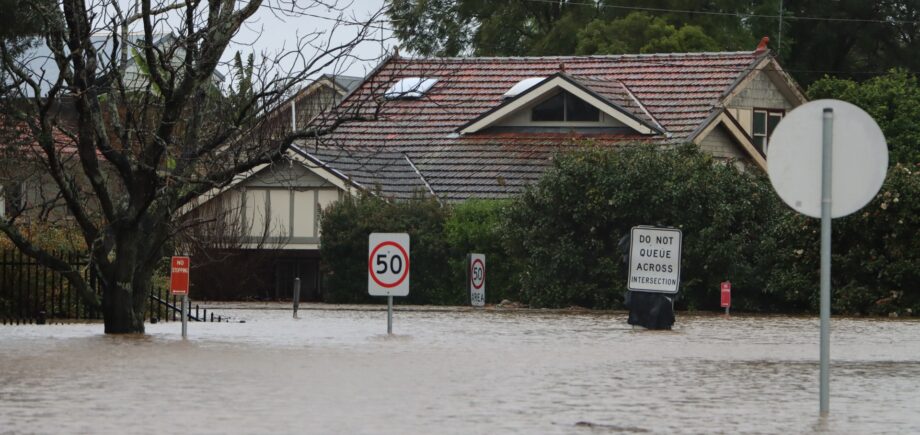Water Damage
If you have water damage....
- If possible, locate and stop the source of water. But, be careful, floors will be slippery.
- Document with notes and pictures if possible.
- Call your water damage restoration professional and insurance agent promptly.
- Avoid surfaces touched by sewer water. Consider them toxic.
- Begin clean up and drying promptly to avoid bacteria and other secondary moisture problems.
- Furniture, art, valuables, etc., -remove as much of it as possible to safe, dry locations.
- Remove wet fabrics and dry them as soon as possible. Also, hang furs and leather goods to dry separately at room temperature or in sunlight.
- Place wood blocks, plastic wrap or aluminum foil under furniture legs to prevent staining of carpet from casters, metal pads, etc.
- Remove oriental rugs or other ‘throws’ from on top of wet wall-to-wall carpeting.
- Wipe furniture dry.
- Remove as much water as possible by mopping and blotting. However, do not use a household vacuum to remove water.
- Open furniture drawers, closet doors, or luggage to help dry.
- Lift draperies off carpet and pin up or loop them over a coat hanger and hang them from the rod.
- Prop up wet furniture cushions so that they can dry evenly. Also, check for possible bleeding.

- Punch small holes in sagging ceilings to drain water, catch it in pans and remove it from the building.
- Remove damp books from shelves and take them to a dry room. Spread them out to help them dry. If possible, run a dehumidifier nearby to keep the moisture level in the room from becoming too high to dry the material effectively.
- In cold weather, leave heat on. In hot weather, use central air conditioning.
- Avoid electrical shock. Do not use appliances while on wet carpets or floors, especially concrete floors.

